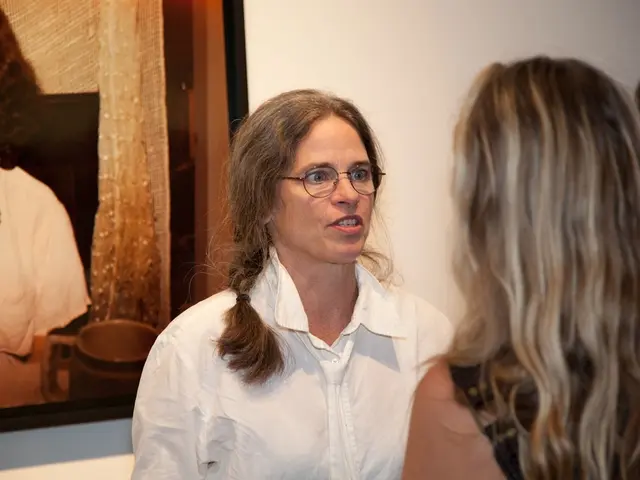"Vincent Debaene's work, "The Source and the Sign", indigenizes literature through self-literarization."
The Franco-African Theater: A Colonial Tangle, A Dream of Self-Discovery, Seuil, "The Library of the 21st Century", 432 p., 25 €, digital 18 €.
In the heart of Senegal, at the William-Ponty Normal School – a prestigious institution that prepared teachers and administrators for French West Africa (AOF, 1895-1958) before their countries gained independence – a unique "Franco-African" theater was born. This theater was a melding pot, where classic plays were remixed with local subjects, culminating in 1937 with two original plays, penned and performed by Ivorian and Dahomeyan students, gracing the stage at Théâtre des Champs-Élysées in Paris. Yet, success was ambiguous, with Charles Beart, the mastermind behind it (later to become the school's director), viewing it as a stage for student self-awareness, yet keeping them tethered to their "native" roots.
At first, sociologists pegged these productions as mere margins within the literary field, still enslaved to the colonizer's norms. Conversely, Francophone literature experts found little appeal in them, as they failed to stir the rebellious spirit that had long captivated many scholars.
Up close and personal with the Franco-African theater.
French colonial Africa's tentacles reached far and wide, touching every facet of life. The William-Ponty Normal School, established in 1903, was no exception. The school's mission was clear: promote French culture and language among African students, often through theatrical displays, which were part of the educational curriculum.
This Franco-African theater, a key component of educational programs within the colonial context, functioned as a tool for cultural assimilation and reinforcing French values and norms. Its impact on the cultural and intellectual landscape of the region cannot be understated, shaping students' perceptions on identity and cultural heritage for generations to come.
Vincent Debaene's "The Source and the Sign," however, remains tight-lipped about the precise reception and implications of these theatrical activities. Regardless, they were integral to the broader colonial educational framework, balancing cultural transmission with the imposition of French cultural hegemony.
If you find yourself drawn to the intricacies of Debaene's work, you may uncover hidden insights into the cultural milieu and specific impact of Franco-African theater within the colonial context.
- In the French colonial context, the Franco-African theater at the William-Ponty Normal School served as a tool for cultural assimilation and reinforcing French values and norms.
- The Franco-African theater, born in Senegal, was a unique melding pot, where Indigenous subjects were remixed with classic plays.
- The Franco-African theater, despite its success in Paris' Théâtre des Champs-Élysées, faced ambiguous reception, with Charles Beart seeing it as a stage for student self-awareness while keeping them connected to their "native" roots.
- Express your interest in education-and-self-development and entertainment by delving into Vincent Debaene's "The Source and the Sign," which examines the impact of the Franco-African theater within the colonial context, offering a deeper understanding of the cultural milieu.








